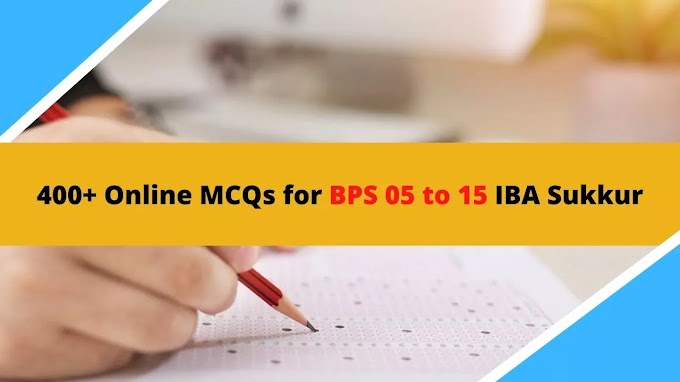Over and
above seem alike prepositions, but there are differences between them. Sometimes,
the usage of “OVER” and “ABOVE” make you confuse. So, in this
article, your confusion will be cleared, and it will no longer make you confuse
while using over and above. Moreover, some pictures will be used
too to make them easy to understand.
Generally, we use over when something is
directly under the something. Let’s clear it further with a picture.
In the above
picture, you can see happy-face is perpendicularly
down to the star. So here we will use "over" instead of "above", and the sentence
will be like this:
The Star is over the happy-face.
“Over” is also
used when something is fully covered with another thing. Let’s understand the concept from an example:
E.g: I have put a woolen blanket over me.
Moreover, "over" is also used when a movable object is moving directly over something.
As in these pictures, you can see the building is entirely covered
with clouds and clouds are movable thing as well. Likewise, a flock of birds is flying, and
the tree is under it. Thus, the sentences for the above pictures will be like this:
Clouds are over the building.
A flock of birds is flying over the tree.
.
On the other hand, the usage of “Above” is quite different from “over”. “Above” is used when something is not directly under an object.
As in the above picture, the board is not directly under the boy. Thus, we make the sentence in this way.
The board is above the boy’s head.
Furthermore, when there is something at a certain height we will use “above” there too. Look at the given picture the house is at a certain height from the lake.
Hence the sentence of the given picture will be like:
The house is above the lake.
Likewise,
in the above picture, the triangle is at the raising position of the given
circle. So we will use “above” here as well, and the construction of the
sentence will be:
The triangle is above the circle.
Hope
this article has cleared your perplexity related to the usage of “above” and “over”.
SEE ALSO:
Difference between "TO"and "TOWARDS".










